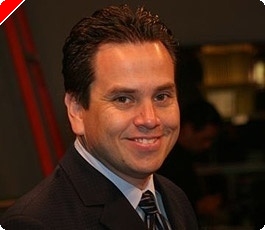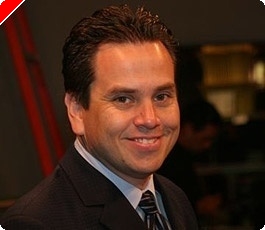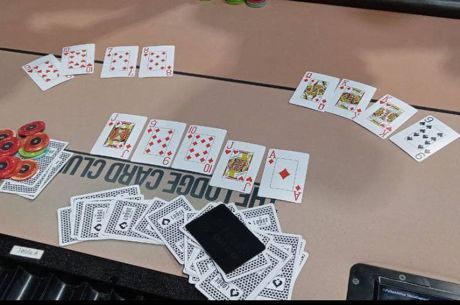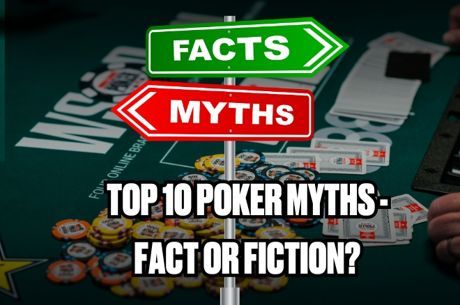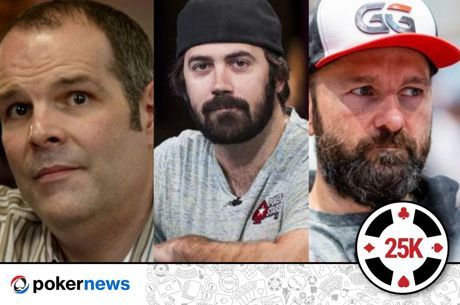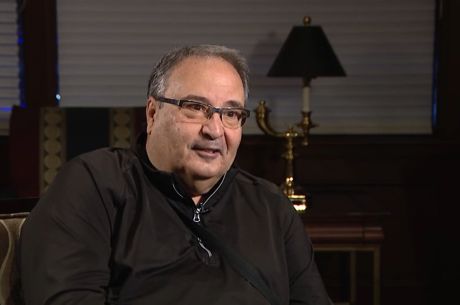The Other Side of the Felt, Vol. 9: 2002 WSOP, Before the Boom, Part 1
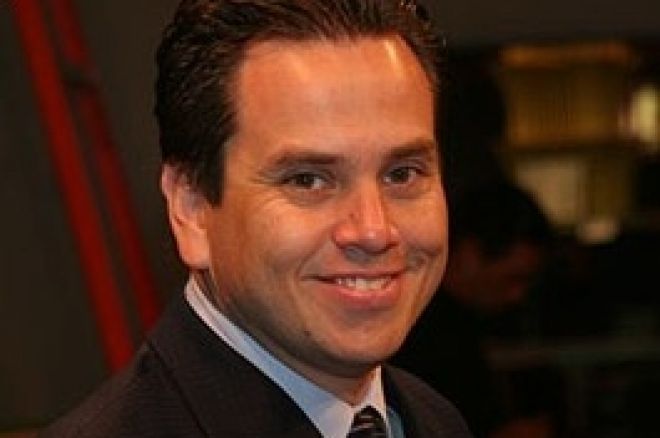
Way back in 2002, before Moneymaker, the internet explosion, and the World Poker Tour, I was offered the Tournament Director's job at the World Series of Poker at a time that the world's most prestigious tournament was in trouble and needed some serious direction.
The staff from the previous year had not been paid what they were supposed to and the dealers were threatening to walk out if there were not some guarantees in place. The WSOP always retained the best dealers from around the country, working in tandem with Binion's Horseshoe regulars, and it was always a good paying job, but more importantly it was an honor to deal the WSOP. I accepted the job even though many of my friends in the industry told me not to. They were worried about me not getting paid and my reputation getting damaged. As it turns out it was the smartest career choice I ever made.
George Fisher was the go-between for me and the embattled owners, Becky Binion Behnen and her husband Nick. While we were hoping for an upward trend in the game I was also informed that the marketing budget was $0. Cardplayer Magazine wanted to make a stand and demand that Binion's was a casino like any other and had to pay to advertise; however, Becky would not budge and sure enough there we were on the cover of the industry's leading magazine. I believe CP made the right choice, but at the same time let the Binion's owners know that they had won and beat the system.
The players themselves chose bracelets and history over players' rights and politics. As it turns out the fact that they turned a blind eye to the situation probably kept the WSOP alive. Doyle Brunson and Chip Reese were a couple of the players that held their ground and boycotted the WSOP for a couple of years. The hottest topic or complaint was the withholding amount of 6% and the fact that previously, nothing was ever withheld from the Main Event. Many players were also not happy about the regime at the helm but what could they do�� it's the World Series!
The WSOP fields were much different than they are today and were made up of a group of about 100 pros that played every day, individual game specialists that made trips in to play their favorite games, and players coming in to take a shot at the big money. There was not an organized best all-around player award, as there is today, so Daniel Negreanu created his own pool based on finishes. I can still remember him bringing in his backpack and his laptop computer daily to make the updates. Many of today's most popular players had not even been heard of in 2002. Consider that Gus Hansen, Michael Mizrachi, Erick Lindgren, and JC Tran have now combined for over $25,000,000 in tournament wins and before the 2002 WSOP collectively had two cashes for just under the amount of a Main Event buy-in.
Another fact that would probably be hard to believe today was that limit hold'em tournaments were the biggest draw and regularly outdrew the no-limit tournaments with similar buy-ins. One thing that has never changed is the opinion that although there are preliminary events and they are important for the bracelets, the success of the WSOP has always been based on the number of player in the Main Event. The number in 2001 was 613 and everyone including me had major doubts that we could reach that number in 2002.
In upcoming articles I will discuss some stories that came from the 2002 WSOP including interesting rulings, outstanding players, unique situations, and racism.
See you at the final table!
Matt
Matt Savage is one of the world's most recognized poker tournament directors, and has been involved with over 350 televised events including the World Series of Poker, World Poker Tour, and many others. Matt is a founder of the Tournament Directors Association, the first inductee into the Poker Managers Hall of Fame, and actor in the movie Lucky You. If you have questions about any rulings please send them to [email protected] or check out Matt's website at SavageTournaments.com.

